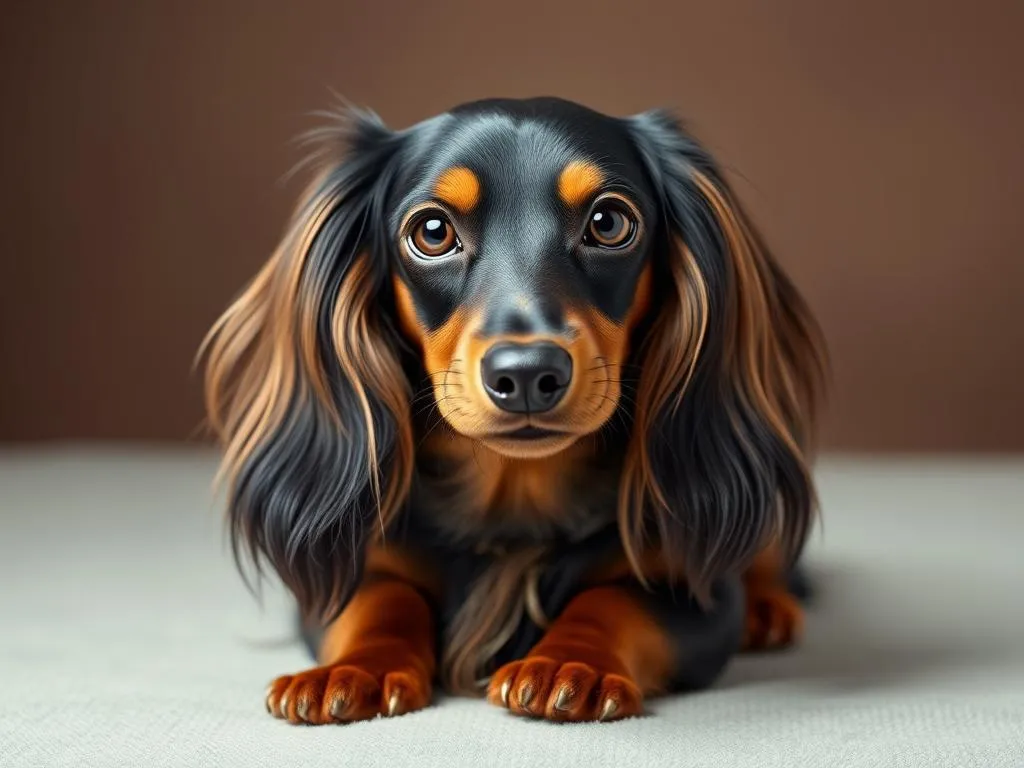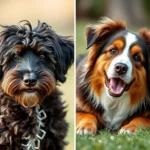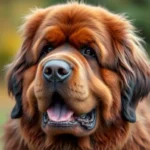
Introduction
When considering the world of dog breeds, it’s essential to understand the unique characteristics and histories that define each type. Among these breeds, the long haired dachshund stands out as a charming and distinct option, known for its affectionate nature and striking appearance. Understanding the characteristics of this breed is crucial for potential owners as they embark on the rewarding journey of dog ownership. In this article, we delve into the origins, physical traits, temperament, health considerations, grooming needs, training, and compatibility of the long haired dachshund.
Understanding Dog Breeds
Dog breeds are specific groups of domestic dogs with distinct characteristics that have been developed over generations through selective breeding. The purpose of breeding often includes enhancing certain traits such as size, temperament, and physical appearance. Dog breeds are generally classified into several categories, including working breeds, herding breeds, sporting breeds, toy breeds, and more. This classification allows potential owners to select a breed that aligns with their lifestyle and preferences.
The Long Haired Dachshund
History and Origin
The long haired dachshund is part of the dachshund family, which originated in Germany. The breed’s name translates to “badger dog,” reflecting its historical role in hunting badgers and other small game. Dachshunds were bred for their tenacity and ability to dig out prey from burrows. The long-haired variety emerged in the late 19th century as breeders aimed to create a softer coat that could provide better protection against harsh weather conditions during hunts.
Over the years, the long haired dachshund has evolved from a working dog to a beloved companion, cherished for its playful demeanor and loyalty. This transformation highlights the breed’s adaptability and the strong bond it forms with humans.
Physical Characteristics
One of the most distinguishing features of the long haired dachshund is its beautiful, flowing coat. The long-haired variety boasts a silky, wavy coat that requires regular grooming to keep it looking its best. The coat can come in various colors, including solid hues, dappled patterns, and brindle, making each dog unique.
In terms of size, the long haired dachshund typically weighs between 16 to 32 pounds and stands about 8 to 9 inches tall at the shoulder. They have a distinctive elongated body and short legs, which contribute to their unique silhouette. Their ears are long and floppy, adding to their overall charm.
Temperament and Personality
The long haired dachshund is known for its lively and spirited personality. These dogs are often described as friendly, affectionate, and playful. They thrive on human interaction and enjoy being part of family activities. Their social nature makes them great companions for families, singles, and seniors alike.
While they can be stubborn at times, their intelligence allows them to be trained effectively with patience and consistency. They are known for being alert and can be quite vocal, often barking to alert their owners of any unusual activity. This makes them excellent watchdogs, despite their small stature.
Health Considerations
Common Health Issues
Like all breeds, the long haired dachshund is prone to certain health issues. One of the most significant concerns is intervertebral disc disease (IVDD), a condition that affects the spine due to their elongated body shape. This can lead to severe pain and mobility issues. Regular check-ups with a veterinarian and maintaining a healthy weight can help mitigate this risk.
Other common health concerns include hip dysplasia and patellar luxation. Regular health screenings and preventative measures, such as controlled exercise and a balanced diet, are essential for maintaining their health.
Lifespan and Care
The average lifespan of a long haired dachshund ranges from 12 to 16 years. Providing proper care, including a nutritious diet, regular veterinary visits, and routine exercise, can contribute to a longer and healthier life. Engaging in low-impact activities such as walks and playtime can help keep them physically fit while minimizing the risk of joint problems.
Grooming and Maintenance
Grooming Needs
Grooming the long haired dachshund is essential due to its unique coat type. Regular brushing is necessary, ideally once or twice a week, to prevent matting and reduce shedding. A slicker brush or a wide-toothed comb works well for maintaining their coat. During shedding seasons, more frequent grooming may be required to manage loose hair.
Bathing and Ear Care
Bathing should be done as needed, typically every few months or when they become particularly dirty or smelly. It’s important to use a mild dog shampoo to avoid skin irritation. Additionally, ear care is crucial for the long haired dachshund, as their floppy ears can trap moisture and debris. Regular checks and cleanings can help prevent ear infections. A cotton ball and a vet-recommended ear cleaner should suffice for maintenance.
Training and Socialization
Basic Training Techniques
Training a long haired dachshund can be a rewarding experience when approached with the right techniques. Positive reinforcement is the most effective method, rewarding good behavior with treats, praise, or playtime. Consistency is key; establishing a routine helps the dog understand expectations. Basic commands such as sit, stay, and come should be taught early on to ensure good behavior.
Socialization Tips
Early socialization is vital for a long haired dachshund. Exposing them to various environments, people, and other animals will help them develop into well-rounded dogs. Puppy classes, playdates with other dogs, and trips to pet-friendly locations can enhance their social skills and reduce anxiety in new situations.
Living with a Long Haired Dachshund
Ideal Living Environment
The long haired dachshund is adaptable and can thrive in various living environments, from apartments to houses with yards. However, they do need space for play and exercise. A moderate amount of daily activity, such as walks and interactive play, is essential to keep them happy and healthy.
Family Compatibility
This breed is known for its friendly disposition, making it a great fit for families. Long haired dachshunds typically get along well with children and can be playful companions. However, it’s important to supervise interactions between young children and dogs to ensure safety for both parties. They can also coexist peacefully with other pets, especially if socialized from a young age.
Conclusion
The long haired dachshund is a unique breed that brings joy and companionship to many households. With their charming appearance, playful personality, and adaptability, they make wonderful pets for a variety of families and lifestyles. However, potential owners must be prepared for the responsibilities that come with dog ownership, including grooming, training, and regular health care. Understanding the characteristics and needs of this breed will help ensure a fulfilling relationship between you and your long-haired companion.
FAQ Section
Are long haired dachshunds good with kids?
Yes, long haired dachshunds are generally good with children, especially when socialized from a young age. They tend to be playful and affectionate, making them suitable companions for families.
How much exercise do long haired dachshunds need?
While long haired dachshunds do not require excessive exercise, they benefit from daily walks and playtime to keep them healthy and happy. Aim for at least 30 minutes of activity each day.
Do long haired dachshunds shed a lot?
Long haired dachshunds do shed, but regular grooming helps manage loose hair and reduce shedding in the home. Their grooming needs include brushing at least once a week.
Are long haired dachshunds easy to train?
With patience and consistency, long haired dachshunds can be trained effectively. Using positive reinforcement techniques can be particularly beneficial in ensuring successful training outcomes.
What health issues should I be aware of in long haired dachshunds?
Common health concerns for long haired dachshunds include intervertebral disc disease (IVDD), hip dysplasia, and patellar luxation. Regular veterinary check-ups can help monitor and address these issues.









